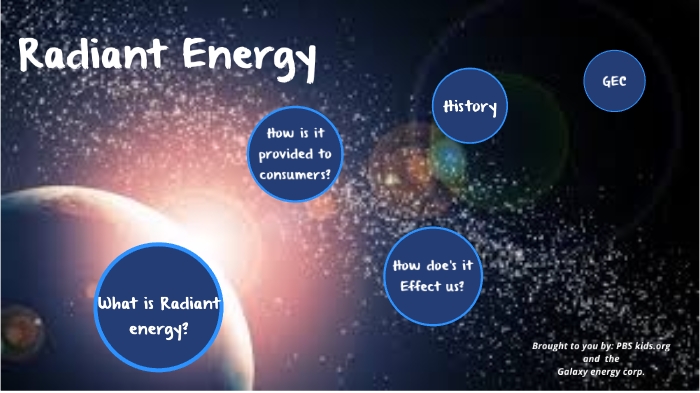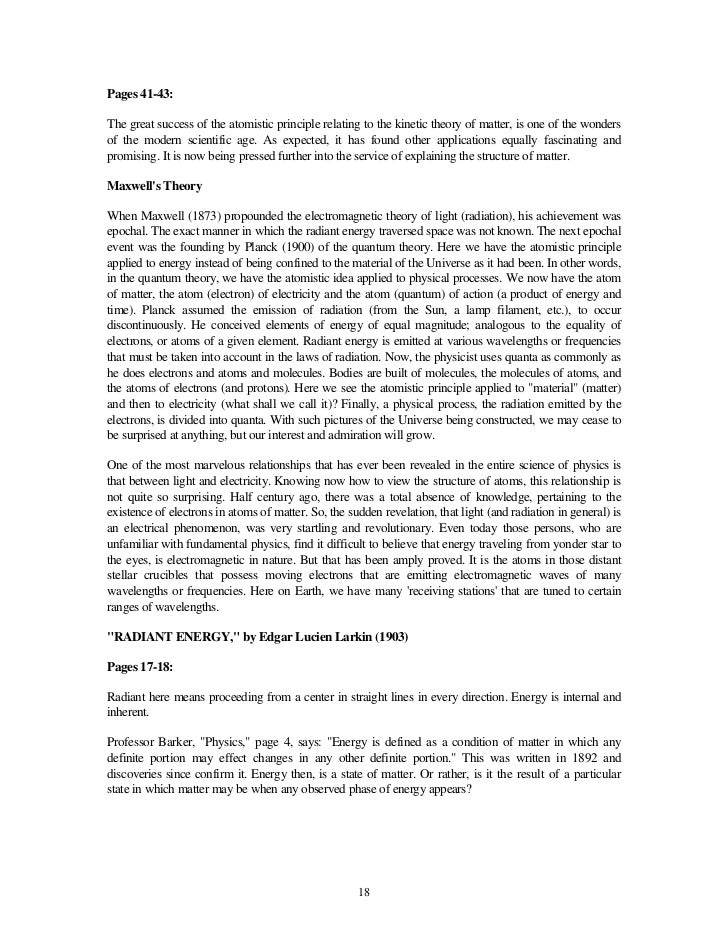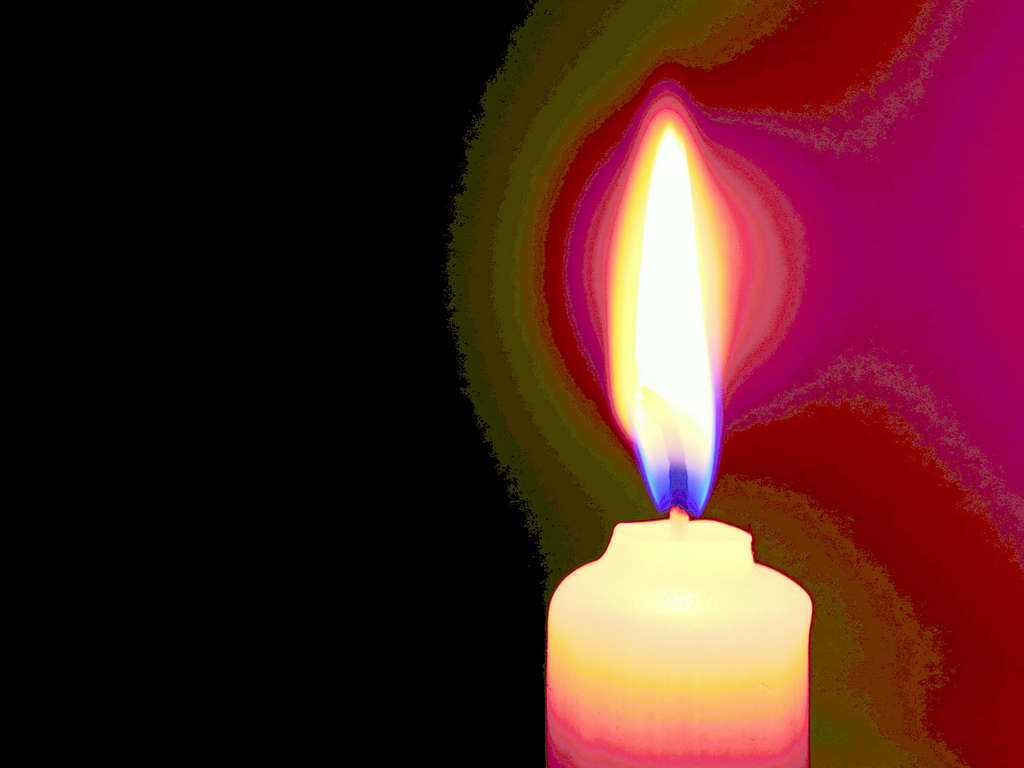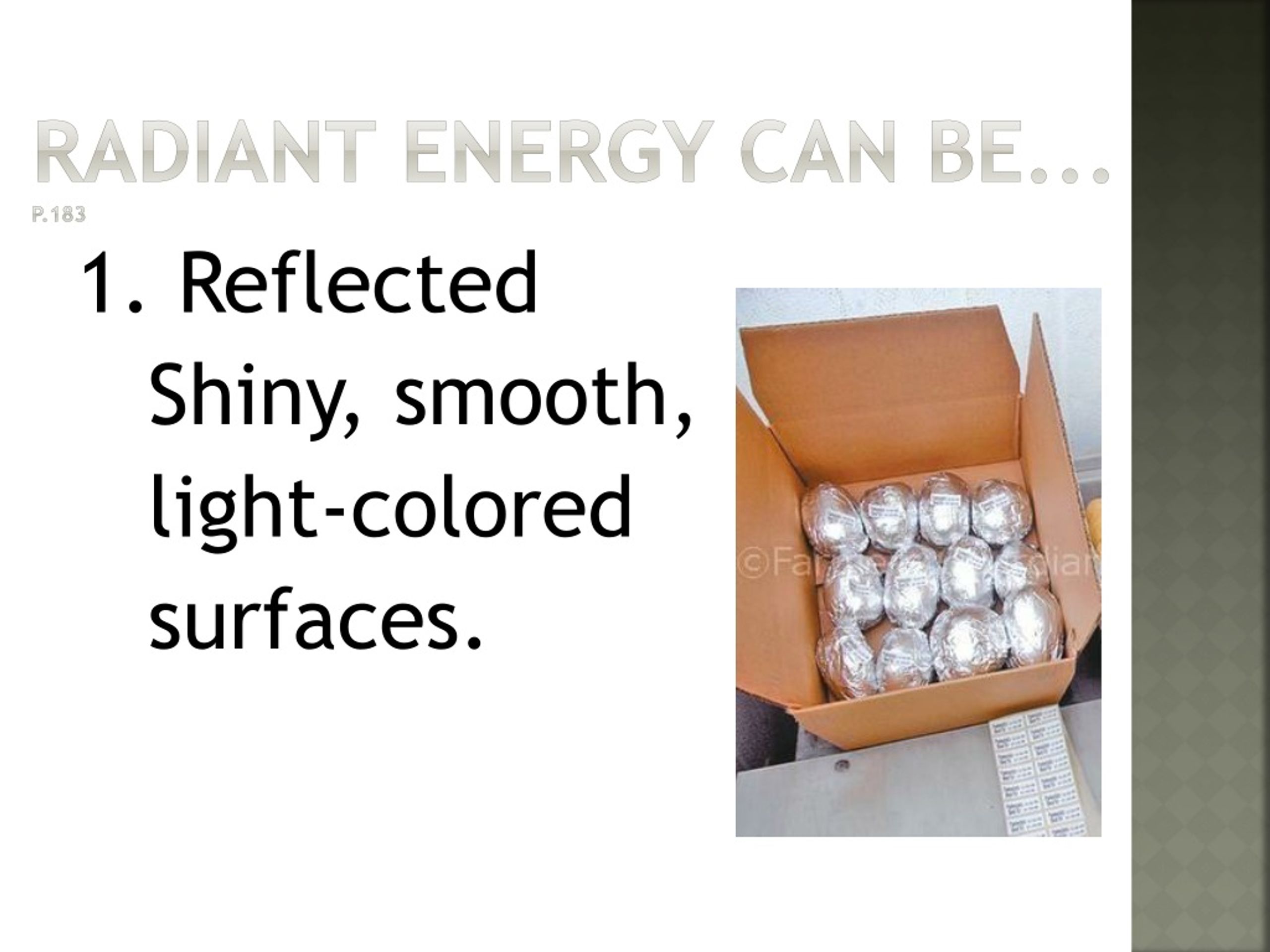

This periodic variation of the line source energy was used to verify the pressure modulated radiometer's capability to distinguish between the signal variations caused by the Earth's background surface and the signal from the atmospheric gases of interest.Ī nonimaging radiant energy device may include a hyperbolically shaped reflective element with a radiant energy inlet and a radiant energy outlet. A + or - 20 K signal, oscillating at controllable frequencies from dc to 20 Hz, was superimposed on it.

The technique used an 8 cm long, 0.005 cm diameter platinum-iridium wire as an isothermal, thin line radiant energy source maintained at 1200 K. F.Ī modulated, infrared radiant energy source was developed to calibrate an airborne nadir-viewing pressure modulated radiometer to be used to detect from Earth orbit trace gases in the troposphere. Your browser does not support the audio element.Stewart, W.
#RADIANT ENERGY FACTS HOW TO#
We just need to figure out how to harness it!

The more renewable power we use the better for our planet and for future generations as they won't run out of resources someday. One example is the chemical energy in food that we turn into kinetic energy when we move.

This law states that energy is never created or destroyed, it is only changed from one state to another. There are other units of measure for energy that are used throughout the world including kilowatt-hours, calories, newton-meters, therms, and foot-pounds. In physics, the standard unit of measure for energy is the joule which is abbreviated as J. Another example is a book sitting high on a shelf. One example of this is a spring that is pressed all the way down. Potential - Potential energy is energy that is stored.Nuclear - Huge amounts of nuclear energy can be generated by splitting atoms.Motion - Anything that is moving has energy.The Earth gets a lot of its energy from the light of the Sun. Light - Light is called radiant energy.It comes from molecules of different temperatures interacting. Heat - Heat energy is also called thermal energy.Gravitational - Large objects such as the Earth and the Sun create gravity and gravitational energy.Electrical - Electrical energy is generated by the movement of electrons.Chemical - Chemical energy comes from atoms and molecules and how they interact.It takes energy to cook food, to drive to school, and to jump in the air.Įnergy can take a number of different forms. It's everywhere around us and takes all sorts of forms. The simplest definition of energy is "the ability to do work".


 0 kommentar(er)
0 kommentar(er)
